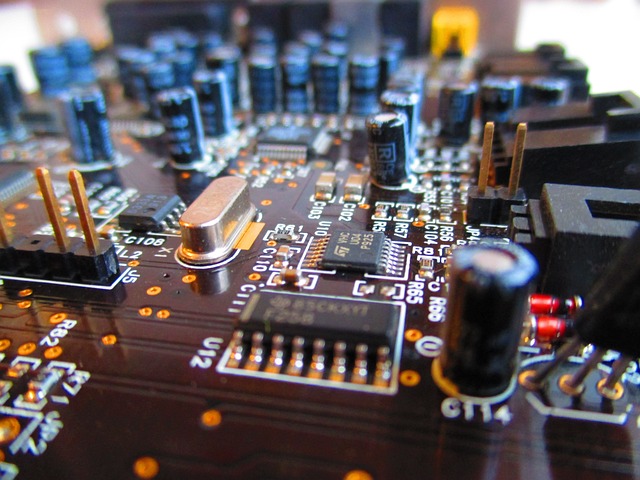
desktop App Devolopment
Embedded systems are the invisible yet indispensable components that power a vast array of devices, from smartphones and appliances to industrial machinery and medical equipment. They are specialized computer systems designed to perform specific tasks within a larger system. Embedded system development involves the design, development, and testing of these systems to meet the unique requirements of their applications.
Key Characteristics of Embedded Systems
- Real-time Processing: Embedded systems often need to process data and respond to events within strict time constraints.
- Resource Constraints: They operate with limited memory, processing power, and energy consumption.
- Specific Functionality: Embedded systems are designed for a particular purpose, such as controlling a motor, managing a network, or processing sensor data.
- Integration with Hardware: They interact closely with hardware components, such as microcontrollers, sensors, and actuators.
Embedded System Development Process
- Requirements Analysis: Clearly define the system’s goals, functionalities, and performance requirements.
- Hardware Selection: Choose the appropriate microcontroller, microprocessors, and other hardware components based on the system’s needs.
- Software Development: Write the embedded software using programming languages like C, C++, or assembly language.
- Integration and Testing: Combine the hardware and software components, and thoroughly test the system to ensure it meets specifications.
- Optimization: Optimize the system for performance, power consumption, and memory usage.
- Deployment: Deploy the embedded system into the target device or system.
Challenges in Embedded System Development
- Complexity: Embedded systems often involve complex interactions between hardware and software components.
- Real-time Constraints: Meeting strict timing requirements can be challenging, especially in resource-constrained environments.
- Debugging: Debugging embedded systems can be difficult due to limited access to the system’s internal state.
- Security: Ensuring the security of embedded systems is crucial, especially in applications like IoT devices and industrial control systems.
Applications of Embedded Systems
- Consumer Electronics: Smartphones, smart TVs, gaming consoles, and appliances.
- Automotive: Engine control units, infotainment systems, and driver assistance features.
- Industrial Automation: Robotics, factory automation, and process control.
- Healthcare: Medical devices, patient monitoring systems, and diagnostic equipment.
- Internet of Things (IoT): Smart homes, smart cities, and wearable devices.
The Future of Embedded Systems
As technology continues to advance, embedded systems will play an even more critical role in our lives. The rise of the Internet of Things, artificial intelligence, and machine learning will drive the development of more sophisticated and intelligent embedded systems. The future of embedded system development is bright, with endless possibilities for innovation and application.


